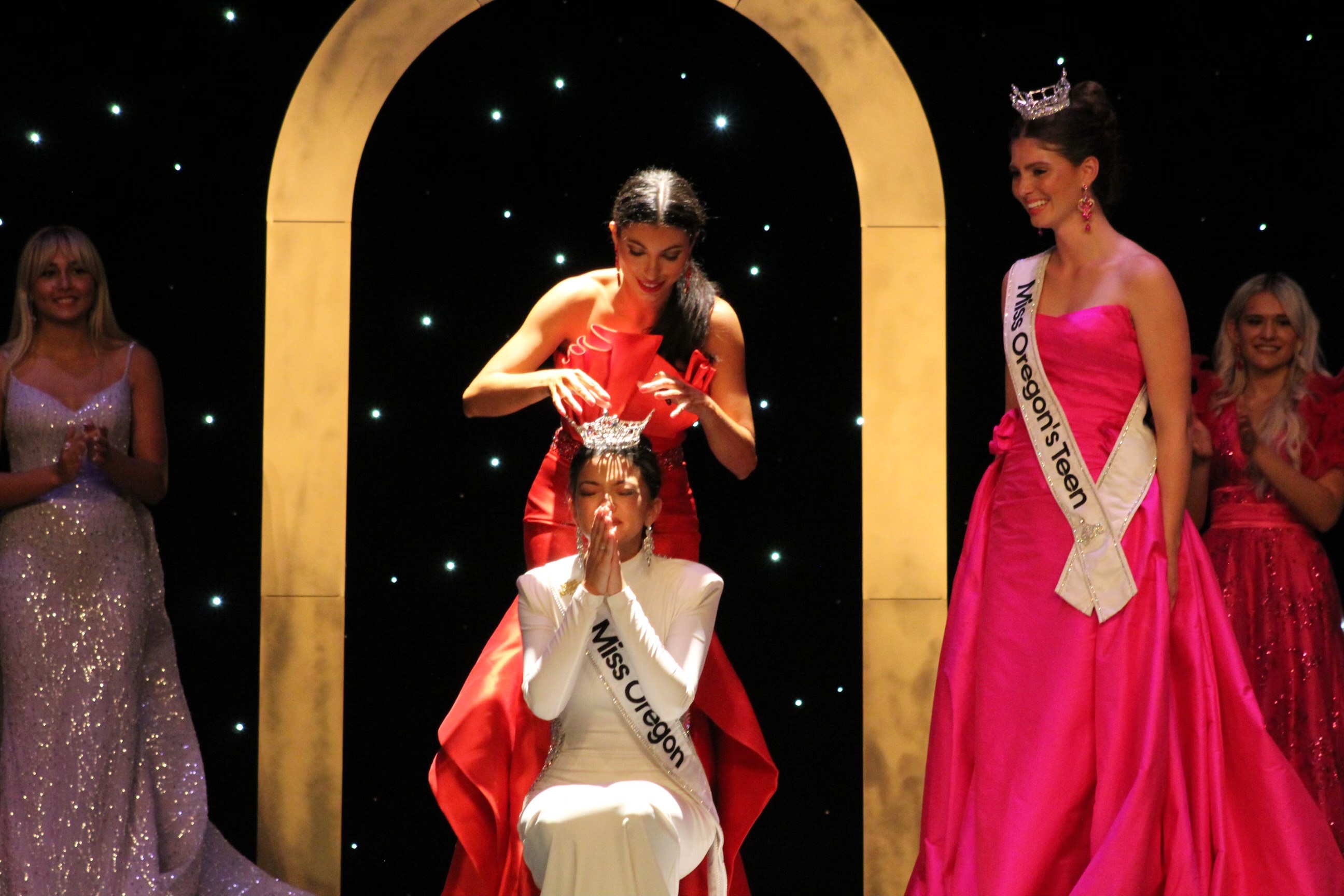Youth smoking is down – but cigar use is up
Published 5:00 am Sunday, August 18, 2013
BALTIMORE — At Everest Greenish Grocery, a brightly lit store on a faded corner of this city, nothing is more popular than a chocolate-flavored little cigar. They are displayed just above the Hershey bars along with their colorful cigarillo cousins — white grape, strawberry, pineapple and Da Bomb Blueberry. And they were completely sold out by 9 one recent evening, snapped up by young people dropping by for a snack or stopping in during a night of bar hopping.
“Sorry, no more chocolate,” the night clerk, Qudrad Bari, apologetically told a young woman holding a fruit drink.
In 2009, Congress passed a landmark law intended to eliminate an important gateway to smoking for young people by banning virtually all the flavors in cigarettes that advocates said tempted them. Cigarettes — not cigars.
The law was silent on flavors in cigars and a number of other tobacco products, instead giving the Food and Drug Administration broad discretion to decide whether to regulate them.
Four years later, the agency has yet to assert that authority. And a rainbow of cheap flavored cigars and cigarillos, including some that look like cigarettes, line the shelves of convenience stores and gas stations, often right next to the candy. FDA officials say they intend to regulate cigars and other tobacco products, but they do not say how or when. Smoking opponents contend that the agency’s delay is threatening recent progress in reducing smoking among young people.
Cigarette sales are down by a third over the past decade, according to federal data, but critics of the agency say the gains are being offset by the rise of cheaper alternatives like cigars, whose sales have doubled over the same period and whose flavored varieties are smoked overwhelmingly by young people. Loose tobacco and cigars expanded to 10 percent of all tobacco sold in the United States in 2011, up from just 3 percent in 2000, federal data show.
“The 20th century was the cigarette century, and we worked very hard to address that,” said Gregory Connolly, the director of the Center for Global Tobacco Control at the Harvard School of Public Health. “Now the 21st century is about multiple tobacco products. They’re cheap. They’re flavored. And some of them you can use anywhere.”
The FDA is now wrestling with how to exercise its authority over an array of other tobacco products. In recent weeks, for example, it sent warning letters to several companies that it says are disguising roll-your-own tobacco as pipe tobacco, a practice that industry analysts say has become a common way to avoid federal taxes and FDA regulation.
“The giant has finally awoken and hopefully will do its job,” said Ron Bernstein, the chief executive of Liggett Vector Brands, a cigarette producer that is worried about unfair competition from cigar makers and others.
But the FDA’s careful approach exasperates smoking opponents.
“We shouldn’t need 40 years of study to figure out that chocolate- and grape-flavored cigars are being smoked by young people,” said Matthew Myers, the president of the Campaign for Tobacco-Free Kids. Traditional handmade cigars were seen as a luxury for older men, but much of the recent growth has been in products sold in convenience stores to low-income customers. Flavored cigars now represent more than half of all convenience store and gas station cigar sales.
At Everest, a three-pack of Good Times flavored cigarillos costs 99 cents. On a recent evening, Bari, a native of Pakistan, said flavored cigars were actually more popular in his store than cigarettes. Sometimes people pay for them with spare change.
Jay Jackson, a 19-year-old nursing assistant in hospital scrubs, rarely has the $6.50 for a pack of cigarettes, which she also smokes, but can usually come up with a dollar for the kind of cigar she likes. Flavors improve the taste of cigars that are otherwise so harsh they make her light headed, she said, paying Bari for two — chocolate and cherry.
Tobacco in cigars is cured by a different method than tobacco in cigarettes. And cigars come in a wrapper made of tobacco, while cigarettes are wrapped in paper. Smaller cigars popular among young people tend to be inhaled more, making the health risks similar to cigarettes.
Nationally, about 1 in 6 18- to 24-year-olds smoke cigars, federal research shows, compared with only 2 percent of people over 65. More than half of the younger users smoke flavored cigars, with the highest rates among the poorest and least educated.







